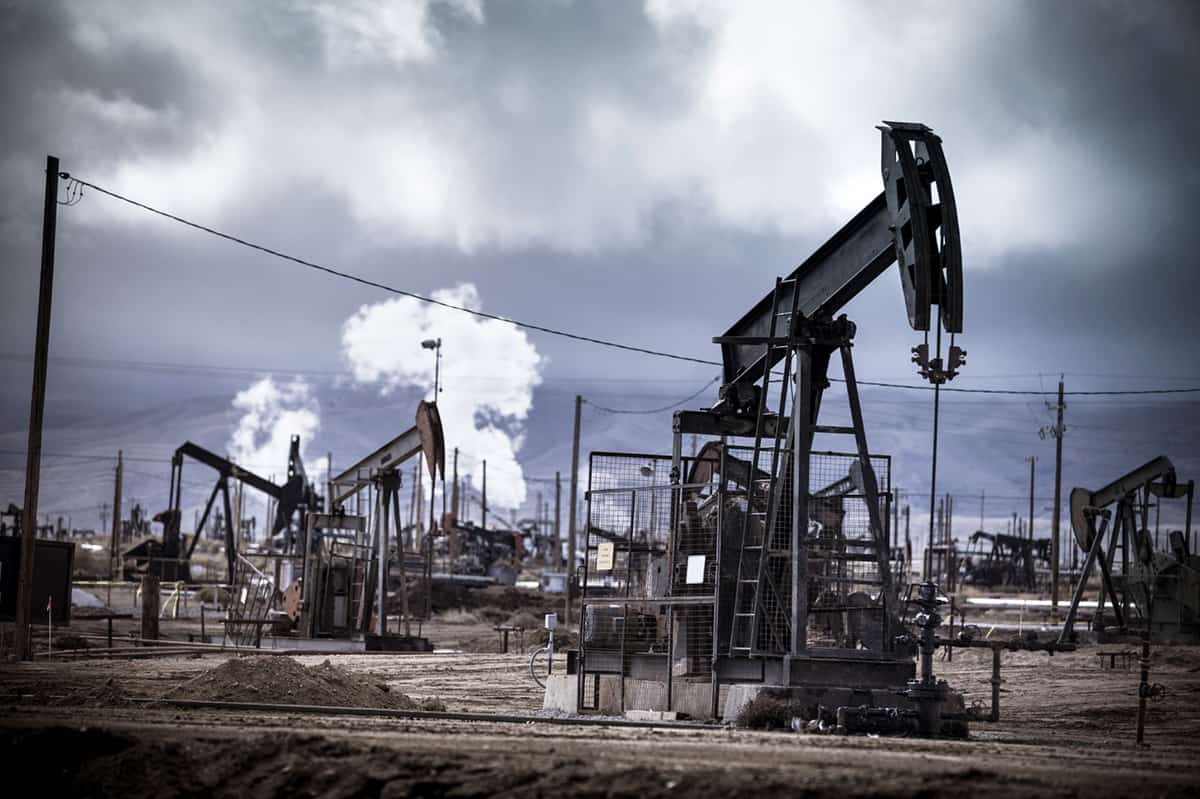Panel calls for more research into carbon-capture technologies
26 Oct 2018
Avoiding global temperature rises of just a few degrees in the coming decades will require the use of technologies that directly remove greenhouse gases from the atmosphere. That is according to a new report released on 24 October by the US National Academies of Sciences, Engineering and Medicine, which warns that even having a carbon-neutral energy sector would not be enough to reverse potentially catastrophic alterations to the Earth’s climate.
The report – Negative Emissions Technologies and Reliable Sequestration: A Research Agenda – states that to meet the Paris Accord goal of limiting anthropogenic warming to 1.5-2.0 °C, greenhouse-gas emissions will have to fall from 50 gigatonnes of equivalent carbon dioxide (GtCO2e) today to less than 20 GtCO2e by 2050 and zero by 2100. The 17-strong committee that wrote the report found, however, that 10-20 GtCO2e of emissions – mostly from agriculture and air travel – could not be eliminated, warranting the need for a widespread implementation of negative-emissions technologies (NETs).
The report states that some forms of NETs are ready for upscaling such as reforestation as well as “bioenergy with carbon capture and sequestration”, in which plant-based materials are used to produce electricity and carbon dioxide produced is captured and stored underground. However, environmental scientist Stephen Pacala from Princeton University, who chaired the committee that wrote the report, points out that the environmental and social impact of such methods could have serious consequences. “One creates major land transformations at one’s peril, so we did not want to do that,” says Pacala.
Showing promise
The committee instead outlines other NETs that show promise with fewer potential side effects. One is the mineralization of CO2, in which it is made to bond with reactive minerals in rocks. There are, though, some drawbacks with the technique particularly as inserting a CO2subsurface into formations could quickly clog up the rock surface or – as is observed in nature – cause exothermic reactions that fracture the rock and actually enhance the sequestration.
To tackle these issues, the NASEM report proposes funding a 10-year R&D programme, which would include a $10m field experiment in peridotite rock to better understand the technique. “With this technique we are talking about [removing] hundreds of millions of tonnes of CO2,” says geochemist Peter Kelemen from Columbia University who co-authored the report. “The research challenge is to get into the regime whereby the process keeps the pour space open by creating new fractures and extending existing ones.”
Another possibly “revolutionary” NET method, according to the report, is the direct capture of CO2 from the air. This would involve capturing ambient CO2 on a substrate and then releasing it into a storage reservoir. The report highlights cost as the major obstacle for this technique and proposes the construction of a $100m air-capture demonstration plant that will sequester more than 10 000 tonnes of CO2 each year.READ MORE

Klaus Lackner, a physicist who leads the Center for Negative Emissions at Arizona State University and was not involved with the NASEM report, says that because past emissions need to be dealt with, the “time has come to invest in and deploy NETs”. But he expects the price tag for direct air capture of CO2 to decrease in future similar to how photovoltaic technologies have reduced in cost. “I don’t see that there are physics parts that you cannot get the cost below a certain amount,” says Lackner.
Richard Blaustein is a science writer based in Washington, D.C.
26/10/2018 from physicsworld.com

Δεν υπάρχουν σχόλια:
Δημοσίευση σχολίου